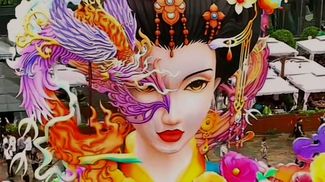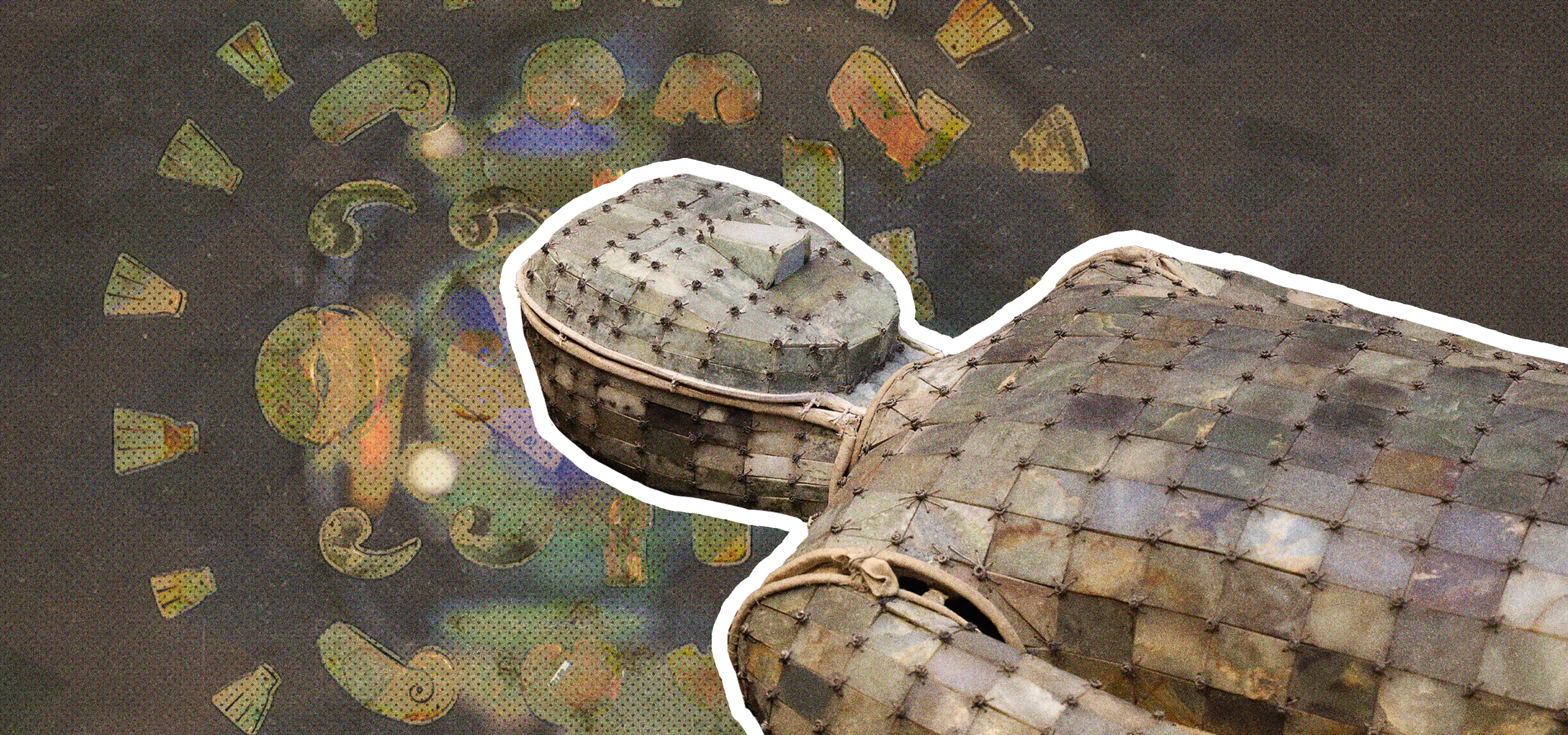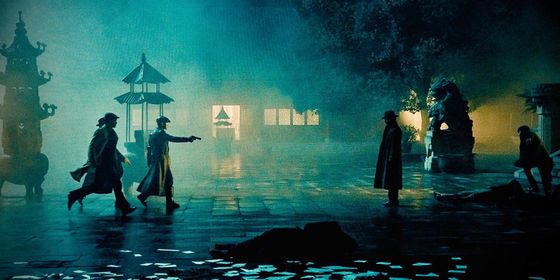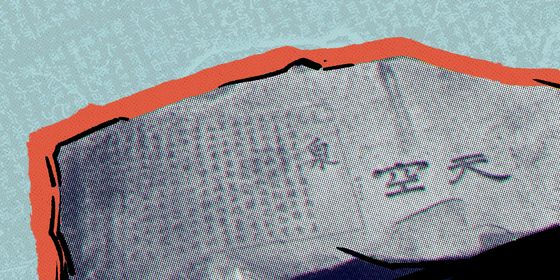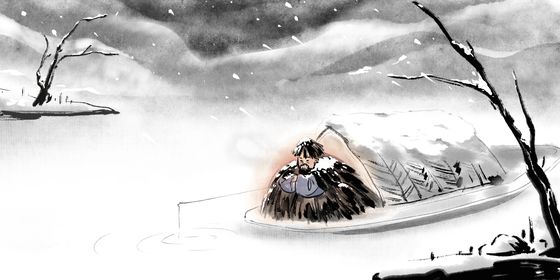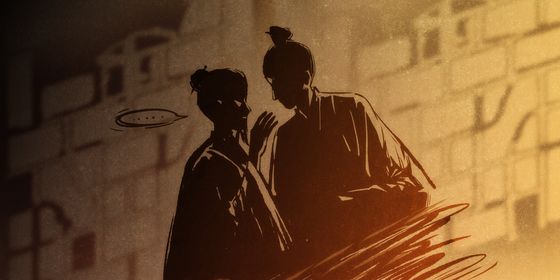Long believed to be a myth, Chinese jade burial suits symbolized ancient nobles’ pursuit of eternal life
During the tension-filled years of the Cultural Revolution, China began a number of national defense projects against a potential foreign invasion. But on May 22, 1968, while blasting rock to build an air-raid shelter near the top of Lingshan Mountain in Hebei province, a team of Chinese soldiers discovered something extraordinary: the undisturbed, 2,000-year-old tomb of Liu Sheng (刘胜), a king of the Western Han dynasty (206 BCE – 25 CE), and his wife Dou Wan (窦绾), who both died in the second century BCE.
The tombs were grand in scale, built like luxurious underground palaces. Perhaps due to their isolation, they remained safe from looters and preserved over 10,000 cultural relics, including weapons, drinking vessels, and incense burners. But the most exciting artifacts were two intact “Golden Thread Jade Burial Suits (金缕玉衣),” near-legendary objects described in classic literature but never before seen in living memory. For years, people debated what they looked like, or whether they really existed. “The jade garment unearthed from the tomb of Liu Sheng has solved the mystery of jade clothes,” Lu Zhaoyin, an archeologist on the team sent to excavate the tombs, told the Beijing Daily in a 2018 interview.


